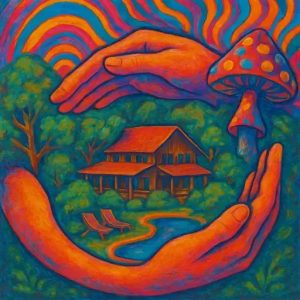Abstract
Set and setting is a term which refers to the psychological, social, and cultural parameters which shape the response to psychedelic drugs. The concept is considered fundamental to psychedelic research and has also been used to describe nonpharmacological factors which shape the effects of other agents such as alcohol, heroin, amphetamines, or cocaine. This paper reviews the history and evolution of the concept of set and setting from the 19th-century Parisian Club des Hashischins, through to 1950s psychotomimetic research on nondrug determinants of psychopharmacology, the use of extra-drug techniques by psychedelic therapists of the 1950s, and the invention of the concept of set and setting by Leary. Later developments and expansions on the concept of set and setting are discussed, and the term of collective set and setting is suggested as a theoretical tool to describe the social forces which shape individual set and setting situations. The concept of set and setting, it is argued, is crucial not only for psychedelic research but also for advancing drug research and developing more effective drug policy.
Hartogsohn, I. (2017). Constructing drug effects: A history of set and setting. Drug Science, Policy and Law, 3, 2050324516683325.
Link to full text
Hartogsohn, I. (2017). Constructing drug effects: A history of set and setting. Drug Science, Policy and Law, 3, 2050324516683325.
Link to full text











